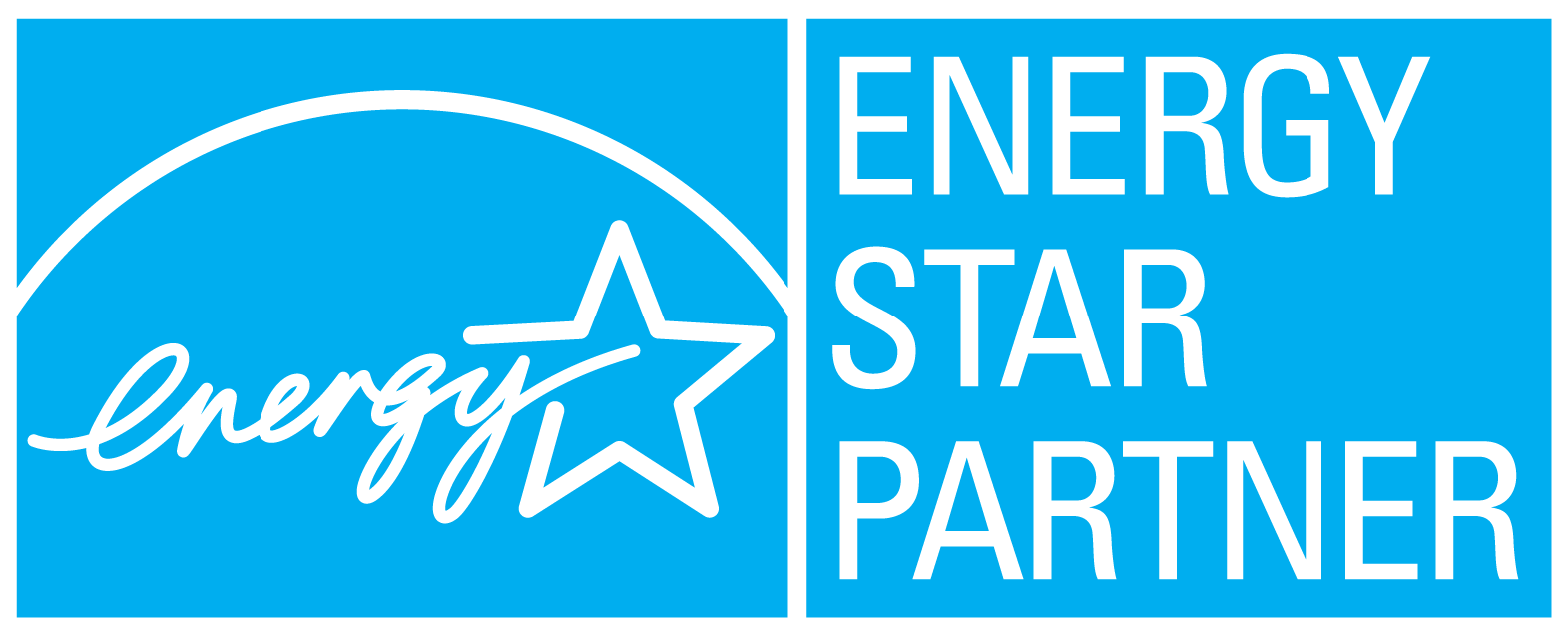The exceptionally warm winter has led to lower-than-expected demand, keeping natural gas prices subdued as we move into the spring season. Notably, production has decreased from last year, with April’s average daily production at 99.6 billion cubic feet (Bcf), down 1.7 Bcf per day from April 2023. Recent temperature trends across the eastern half of the country suggest that businesses and consumers should start preparing their air conditioning systems for the warmer months ahead. According to forecasts, the early warmth that began in late April is likely to persist for the next 1-10 days in Eastern regions, while the West Coast is expected to experience slightly below-average temperatures.
Bull Factors:
– According to Natural Gas Intelligence, the LNG production at the Freeport, Texas export terminal is starting to increase. Currently, the terminal is operating at 17% of its full capacity, and there has been an uptick in electric power output to the facility—the first since the outage of one of its trains on April 11. If Freeport resumes full operations soon, it could draw an extra 2 Bcf per day from U.S. domestic gas supplies, potentially boosting natural gas prices if market conditions remain stable.
Bear Factors:
– As of the week ending April 19, 2024, natural gas inventories held in underground storage reached 2,333 billion cubic feet (Bcf). During that week, there was an injection of 50 Bcf into storage. Currently, these gas inventories are significantly higher than historical levels, standing at 622 Bcf above the five-year average and 424 Bcf greater than the levels recorded at the same time last year. This substantial increase highlights the continued abundance of natural gas this year.
Neutral Factors:
– In April, the U.S. private sector experienced a slowdown, even as other major economies showed signs of improvement. Concurrently, a significant rise in U.S. government bond yields has led investors to speculate whether the 10-year Treasury yield could reach 5%, especially as the likelihood of interest rate cuts diminishes. In the housing market, existing home sales declined by 4.3% in March, while mortgage rates surged beyond 7%. Additionally, President Biden has proposed increasing tariffs on Chinese aluminum and steel from 7.5% to 25%, a move that could impact trade dynamics significantly.
Click below to swipe between pages
Charts and graphs sourced from Constellation









